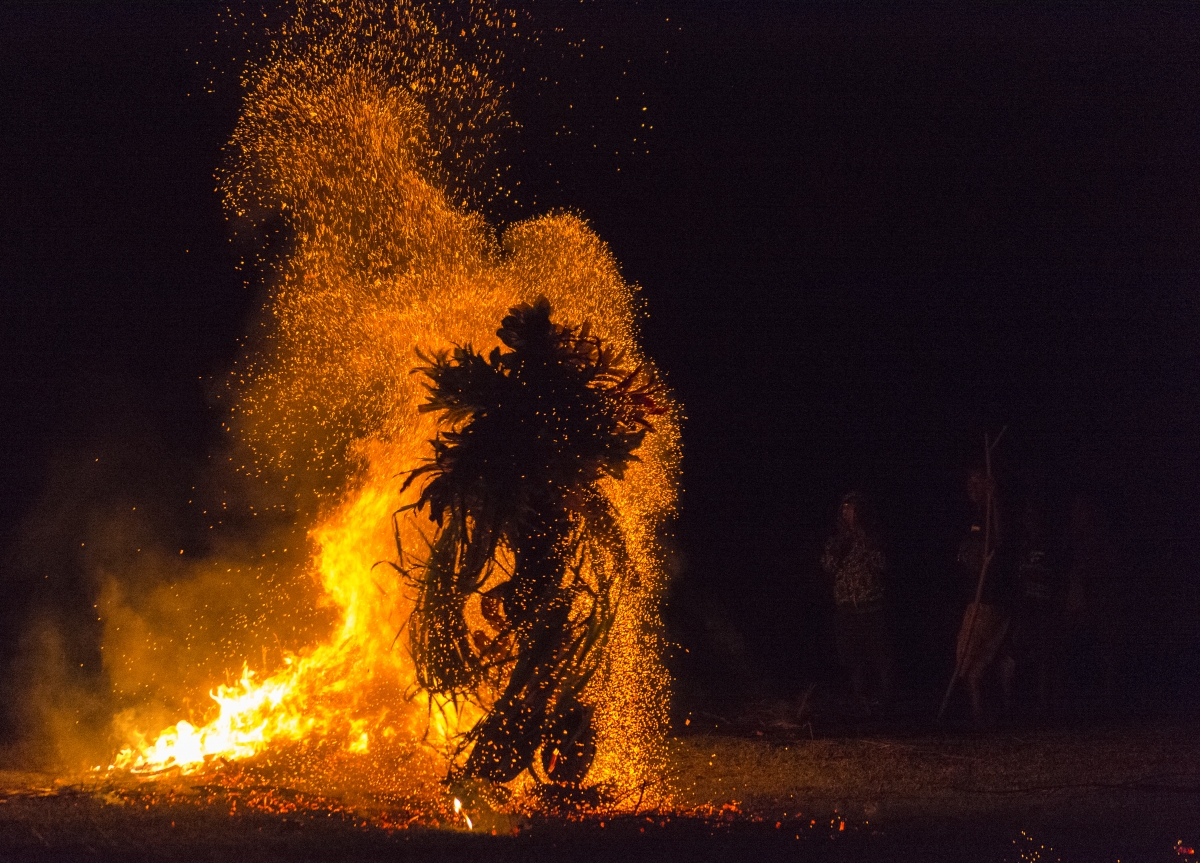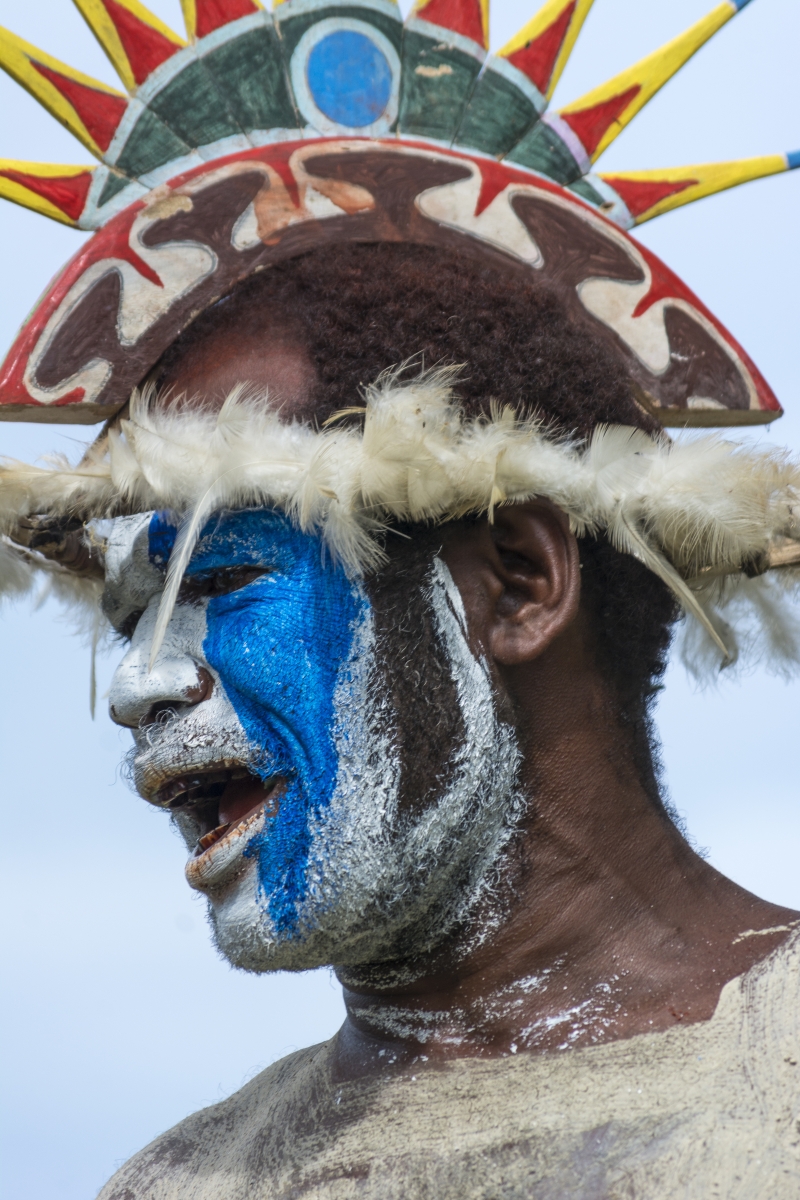Founder's Adventures - A South Seas Sojourn

Roger and Jackie Harris of Charlotte Travel explore the remote South Pacific nations of Micronesia and Melanesia aboard Silverseas? luxurious Silver Discoverer.
Remoteness and inaccessibility are, in many ways, what you make of them. Sure, they can sometimes be burdensome challenges that need to be overcome. But in today?s travel climate, where we can traverse the globe in a single day, they can also serve to increase the allure of a destination, if only because its environment and culture have survived the onslaught of globalized influences and commercial excesses. The increase in difficulty of visiting these destinations, and the lack of infrastructure once you arrive, can also preserve locales as they are, and have alwaysbeen. Fortunately, expedition cruise ships easily overcome both problems, allowing today?s intrepid travellers easy access to previously unreachable locations in the comfort that modern cruise ships provide.
The isolated islands of Micronesia and Melanesia, a scattering of pearls on the South Pacific, are a prime example. While they remain one of the last corners of the world untouched by mass tourism, we reached the likes of Palau, Papua New Guinea, the Solomon Islands and Vanuatu in comfort and style, aboard the 130-passenger Silver Discoverer, one of the specialist expedition vessels of Silversea Cruises.
The Republic of Palau is the scenic gem of Micronesia?s archipelagic nations, which, with Polynesia to the east and Micronesia to the south, make up what is commonly referred to as the South Pacific, a region of vast stretches of ocean, making it ideal cruising grounds. Palau is renowned for its crystal-clear waters, beaches, blue lagoons and coral reefs, which provide first class diving and snorkeling, and it?s clear on arrival that the tiny country is serious about conservation. Visitors are required to sign a pledge stamped into their passport to ?preserve and protect your beautiful
island home.?
 Beautiful but far wilder, the coastal islands and villages of the north coast of Papua New Guinea offer close encounters withhospitablecommunitieswho greet visitorswith elaborate ceremonies and spectacular traditional dress. Unlike many similar experiences, these events don?t feel at all staged, and as these remote communities receive very few visiting cruise ships each year, the residents clearly make the most of the occasion, offering a warm welcome with festivities that often continue well after the ship?s guests have departed.
Beautiful but far wilder, the coastal islands and villages of the north coast of Papua New Guinea offer close encounters withhospitablecommunitieswho greet visitorswith elaborate ceremonies and spectacular traditional dress. Unlike many similar experiences, these events don?t feel at all staged, and as these remote communities receive very few visiting cruise ships each year, the residents clearly make the most of the occasion, offering a warm welcome with festivities that often continue well after the ship?s guests have departed.
Melanesia is replete with volcanoes, many of which are still active. During our cruise, Silver Discoverer sails close to Kadova, a tiny island 25 kilometres off the north coast of New Guinea, PNG?s largest land mass. The volcano at the centre of the tiny island erupted ? for what is thought to be the first time in recorded history ? in January, sending a plume of ash more than two kilometres into the air and prompting the evacuation of Kadova?s 500 residents.

Another unique opportunity comes to the east, atGaroveIsland, located in the Bismark Sea off the island of New Britain. Here, the Silver Discoverer slips through a narrow gap in a sunken volcanic caldera that now forms afive-kilometer-widelagoon wreathed by steep 100-metre high forested walls. Upon our arrival, the entire population of Widu, the only village on the island, performs a warm and elaborate welcoming ceremony for the new visitors. It?s another extravagant festival of singing and dancing and it?s hard not to be impressed and touched by the warmth of the greeting as well as the obvious effort that goes into its preparation. Residents go to astonishing extremes with their highly decorative costumes and makeup to offer a truly authentic encounter.
Rabaul, on New Britain, also has a spectacular harbour, which reaches across to the flanks of Tavurvur, another towering volcano, which, in 1994, destroyed half the town. After exploring the ruins, which remain clogged and coated in volcanic ash, we visit the nearby Baining Mountains, home of the Baining people. Here, fire dances are traditionally performed by young men as an initiation into adulthood, to celebrate childbirth, in remembrance of the dead, and to celebrate the coming of the annual harvest. Wearing elaborate masks, young warriors leap through the fire, creating a dazzling display of sparks as they chant rhythmically to the beat of drums in a ceremony that?s as old as time itself.

Just when you think you have seen it all, our ship arrives at Vanuatu?s Pentecost Island, best known as the site of the legendary land diving ceremony, one of the most extraordinary socio-religious events a seasoned traveller could wish to witness. Young men dive head-first from an 80-foot high tower, their fall arrested before they hit the ground by a natural vine attached to their ankles. The ceremony takes place from April to June when the vines have the right moisture content to stretch and absorb the impact of the dive. This amazing ritual, which helped give birth to the modern bungy jump, serves to welcome the yam harvest and to bestow prestige on the participants, some of whom have on occasion suffered serious injury or death as a result. The whole village turns out, dressed in traditional costume, to dance and chant, whipping the atmosphere into an excited frenzy of dance, activity and noise that helps bestow courage on the men preparing to jump.
Cruising the South Pacific offers an array of extraordinary encounters with diverse cultures, spectacular scenery, pristine marine life, genuine warmth and a reminder that our global society is far more complex than we imagined.









